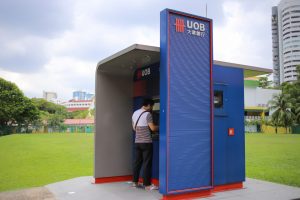Telcos can do more to make phone scamming unprofitable
October 22, 2021

‘Telcos can do more to make phone scamming unprofitable’ (The Straits Times, 2021)
Between January and June, the police dealt with 323 China official impersonation scams, which caused losses amounting to $49.5 million. This was a 47 percent rise in case numbers and a recorded loss of almost five times higher than the losses recorded from last year. Although the government has taken steps to mitigate this growing problem, such as through the introduction of the ScamShield mobile application, which allows users to block and report telephone numbers of scammers, as well as the requirement of all telephone calls originating from outside Singapore claiming to be from local numbers having to begin with the +65 prefix, criminals remain undeterred.
Professor Ivan Png (NUS Departments of Strategy and Policy, Information Systems and Analytics, and Economics) argues that Singapore telcos could do more to combat this problem. Telcos could compile telephone numbers used by legitimate local businesses with overseas call centres, and allow these numbers to operate freely. They could also use artificial intelligence to identify scammers – for instance, if a particular number makes multiple calls to more than ten different numbers in close succession, the calls are likely to be made by a scammer.
For calls which telcos are not able to confidently identify as scams, they could pose questions to callers that machines would not be able to answer before connecting the calls to the receivers. Although telcos would lose revenue from the international calls, this would be far less than the losses to customers tricked by scammers. Telcos could also offer scam-call blocking services as a value-added enhancement to caller-ID or as a separate service.
Read the article here.
